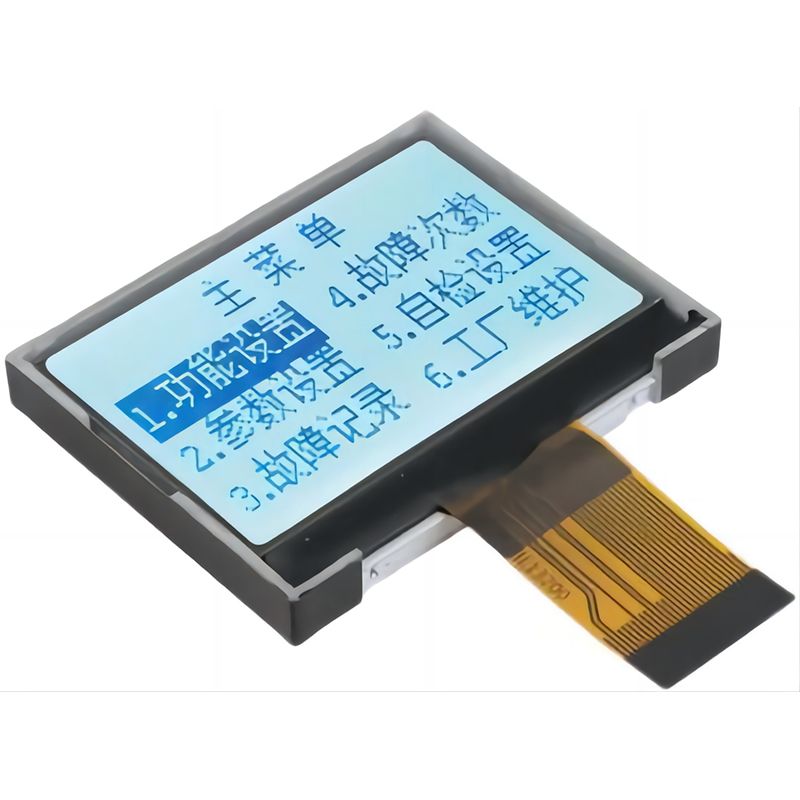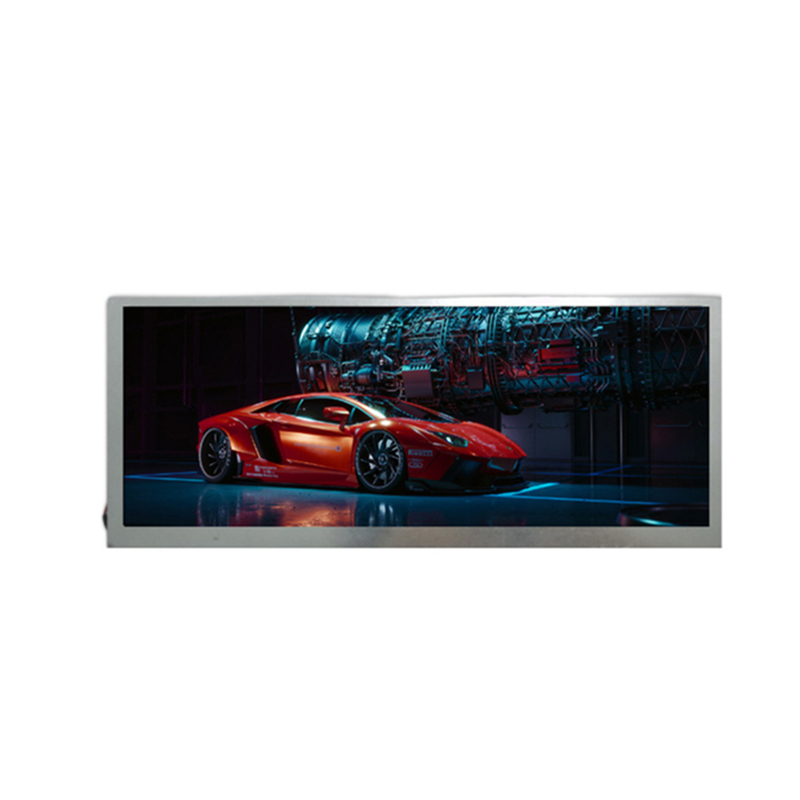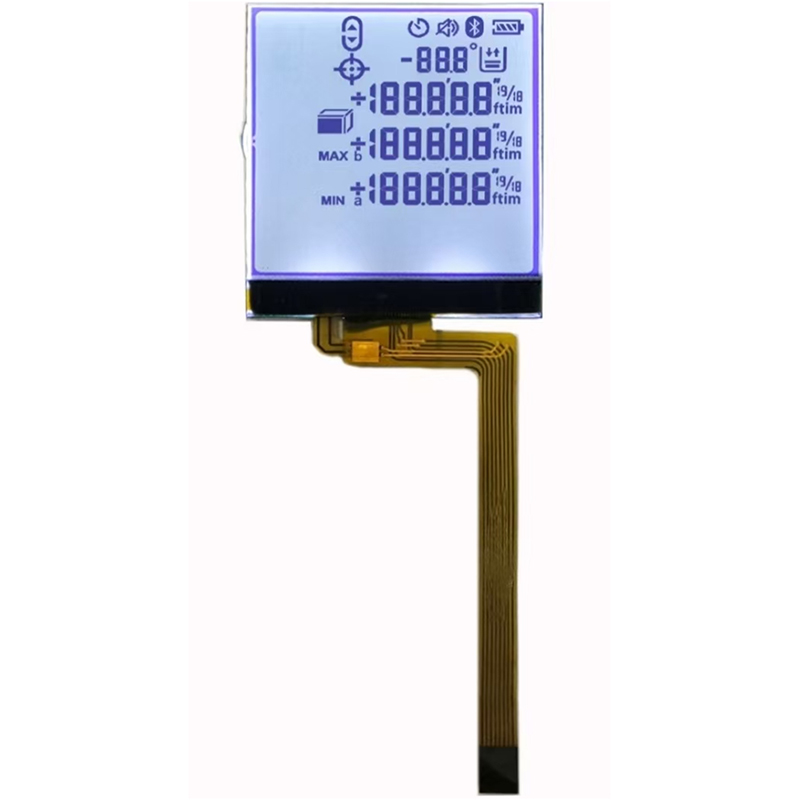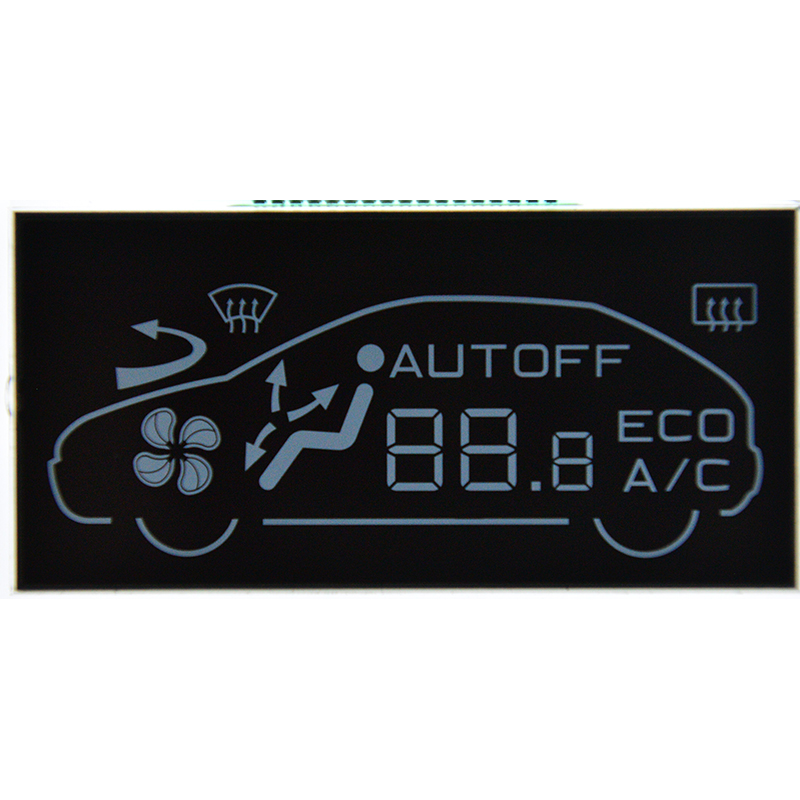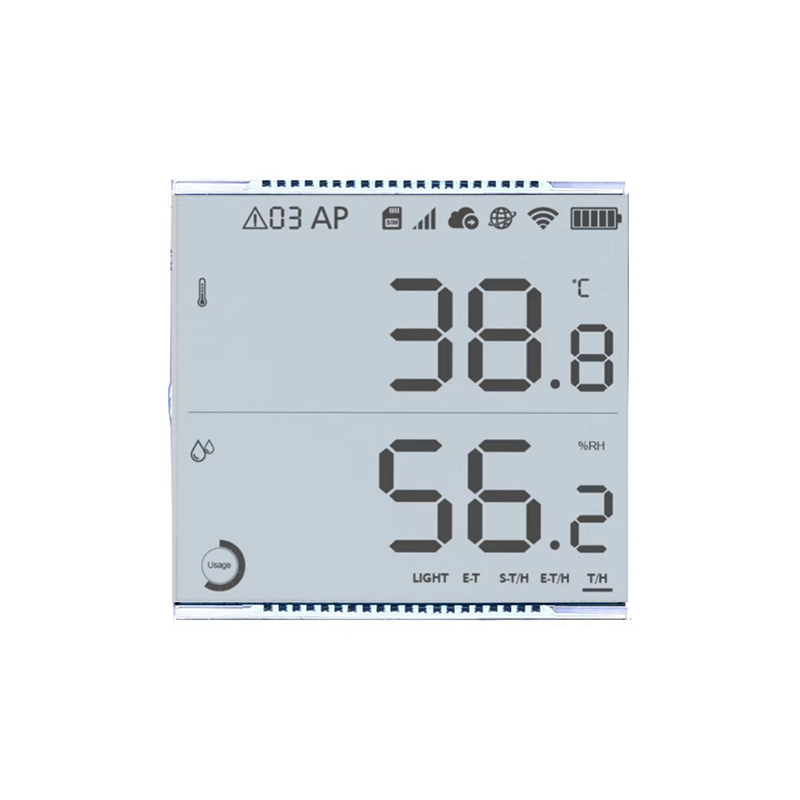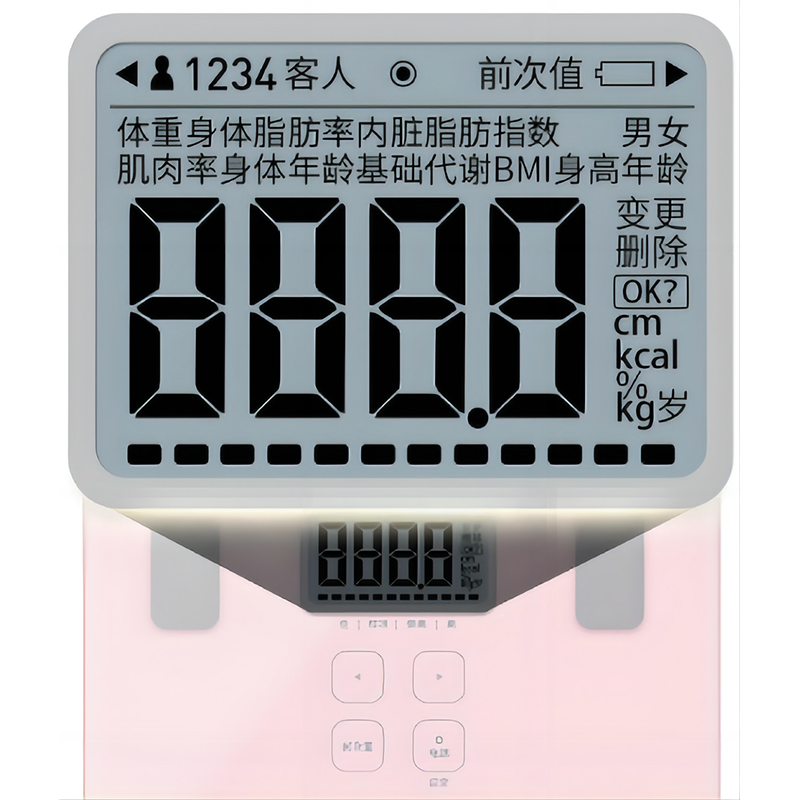
This guide explores the world of 3.2 TFT displays, examining their features, applications, and selection considerations. We delve into the technical specifications, highlighting key factors to consider when choosing the right display for your project. Learn about various display technologies and discover how to integrate a 3.2 TFT display seamlessly into your application.
A Thin-Film Transistor (TFT) Liquid Crystal Display (LCD) is a type of flat-panel display that uses TFTs to control the liquid crystals, resulting in sharper images and faster response times compared to older passive-matrix LCDs. 3.2 TFT displays are particularly popular due to their compact size, making them ideal for various applications.
Several key specifications determine the quality and suitability of a 3.2 TFT display. These include resolution (e.g., 320x240, 480x320), brightness, contrast ratio, response time, and viewing angle. Higher resolution generally means sharper images, while higher brightness allows for better visibility in sunlight. A wide viewing angle ensures clear images even when viewed from an angle. Response time affects the smoothness of motion, particularly important in video applications.
There are various types of 3.2 TFT displays available, each with its own advantages and disadvantages. These may include variations in color depth (e.g., 65k colors, 16.7 million colors), interface type (e.g., SPI, parallel), and backlight type (e.g., LED, CCFL). Choosing the right type depends heavily on the specific needs of your application.
3.2 TFT displays find wide use in industrial applications such as handheld devices, portable instrumentation, and embedded systems. Their robustness and reliability make them suitable for demanding environments.
In consumer electronics, they are frequently used in small digital cameras, portable media players, and other compact devices requiring a clear visual interface. The compact size and relatively low cost of 3.2 TFT displays make them ideal for these applications.
Certain medical devices utilize 3.2 TFT displays for displaying vital patient information in a compact, easily readable format. However, it's crucial to select displays meeting the necessary medical certifications and standards.
Selecting the appropriate 3.2 TFT display requires careful consideration of your project requirements. Factors to consider include the desired resolution, brightness, operating temperature range, power consumption, interface type, and overall cost. Comparing specifications from different manufacturers is crucial before making a decision.
For high-quality 3.2 TFT displays and related products, consider exploring reputable manufacturers and suppliers. One excellent resource is Dalian Eastern Display Co., Ltd., a leading provider of LCD modules offering a wide range of options and custom solutions. They have a proven track record in providing reliable and innovative display solutions for various industries. Remember to always check the specifications carefully to ensure they align with your needs.
| Feature | Option A | Option B |
|---|---|---|
| Resolution | 320x240 | 480x320 |
| Brightness | 300 cd/m2 | 400 cd/m2 |
| Response Time | 25ms | 15ms |
Remember to always carefully compare specifications from various manufacturers before making your purchase decision.
1 Data sourced from manufacturer specifications. Please refer to individual product datasheets for precise details.

